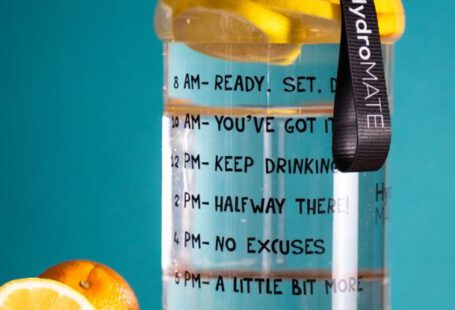**How to Check Your Home for Health Hazards?**
Ensuring the safety and well-being of your family starts with identifying and eliminating potential health hazards in your home. From hidden toxins to safety risks, conducting a thorough assessment of your living space is essential for creating a healthy environment. By following these simple steps, you can take proactive measures to safeguard your loved ones from potential health issues.
**Inspecting for Mold and Moisture**
Mold thrives in damp and humid environments, posing a serious health risk to you and your family. Begin by checking areas prone to moisture, such as bathrooms, basements, and kitchens, for any signs of mold growth. Look for black spots, musty odors, or water stains on walls and ceilings. Addressing mold issues promptly can prevent respiratory problems and other health issues associated with exposure to mold spores.
**Testing for Radon Gas**
Radon is a colorless, odorless gas that can seep into your home through cracks in the foundation or walls. Prolonged exposure to radon gas increases the risk of lung cancer, making it crucial to test your home for radon levels. Radon testing kits are readily available and easy to use, providing you with valuable information to mitigate this silent health hazard.
**Checking for Carbon Monoxide Leaks**
Carbon monoxide is a toxic gas produced by fuel-burning appliances such as gas stoves, furnaces, and fireplaces. Install carbon monoxide detectors in key areas of your home to alert you to any leaks. Regularly inspect these detectors to ensure they are functioning correctly and replace batteries as needed. Carbon monoxide poisoning can be life-threatening, so taking preventive measures is essential for your family’s safety.
**Assessing Indoor Air Quality**
Indoor air quality plays a significant role in your overall health and well-being. Dust, pet dander, pollen, and other allergens can accumulate in your home, triggering respiratory issues and allergies. Invest in an air purifier to filter out harmful particles and improve air quality. Regularly clean and vacuum your home to reduce indoor pollutants and create a healthier living space for your family.
**Ensuring Water Quality**
Water quality is another crucial aspect of a healthy home environment. Test your tap water for contaminants such as lead, bacteria, and chemicals that may pose health risks. Consider installing a water filtration system to ensure clean and safe drinking water for your family. Staying hydrated with quality water is essential for your overall health and well-being.
**Securing Furniture and Fixtures**
Unsecured furniture and fixtures pose a safety hazard, especially for young children and pets. Anchor heavy furniture such as bookshelves, dressers, and TVs to the wall to prevent tip-overs. Check for loose or wobbly fixtures such as handrails, stairs, and light fixtures to avoid accidents and injuries. Creating a secure environment in your home is essential for preventing accidents and ensuring the safety of your loved ones.
**Maintaining a Healthy Living Environment**
In addition to addressing specific health hazards, maintaining a clean and clutter-free living environment is essential for promoting overall health and well-being. Regularly clean and disinfect surfaces, change air filters, and keep your home well-ventilated to reduce the spread of germs and allergens. By adopting healthy habits and routines, you can create a safe and welcoming home for your family.
**Conclusion: Taking Charge of Your Home’s Health**
By taking proactive steps to check your home for health hazards, you can create a safe and healthy living environment for your family. From mold and moisture to carbon monoxide leaks and indoor air quality, addressing these potential risks is essential for safeguarding your loved ones. By staying informed and conducting regular assessments, you can identify and eliminate health hazards in your home, ensuring a happier and healthier lifestyle for you and your family.





